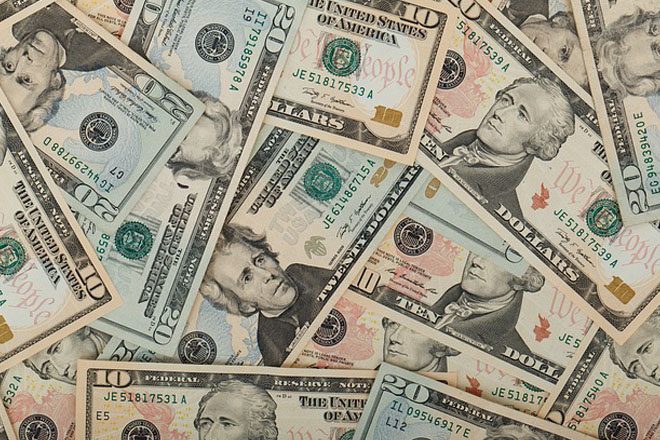June 23 (Reuters) - Sri Lankan rupee one-week forwards edged up on Thursday due to dollar selling by a state-run bank, while demand for the greenback from importers amid low liquidity weighed on the currency, dealers said.
A decision by Moody's to revise down the country's sovereign rating outlook and lack of exporter conversions also weighed on the local currency, dealers said, adding that the central bank had prevented the spot currency from trading via moral suasion. One-week dollar/rupee forwards, which have been acting as a proxy for the spot rupee in the absence of trade in three-day forwards, were at 147.30/50 per dollar at 0600 GMT, higher than Wednesday's close of 147.40/70.
The central bank usually directs the market via two state-run banks, but on Thursday, it was not clear the bank sold dollars on behalf of the apex bank.
Dealers said the market was perplexed by the central bank's intervention in both spot rupee and forwards at a time when the rupee was facing downward pressure.
Central bank officials were not available for comment. Moody's Investors Service on Monday changed the country's outlook to negative from stable, citing further weakening in some fiscal metrics in an environment of subdued GDP growth, which could lead to renewed balance of payments pressure.
The central bank reduced the spot rupee's peg to 144.50 per dollar last week from 144.75. The spot rupee was not actively traded for an eighth straight session on Thursday, dealers said.
For a sixth straight session, there was no active trading in three-day dollar/rupee forwards, known as spot next.
The forwards closed at 144.85/90 per dollar on June 15. Spot next, which has acted as proxy for the spot currency since January, indicates the exchange rate for the day following conventional spot settlement.
For Thursday's trade, the spot next settlement takes place five days ahead due to the intervening weekend.
Foreign investors net bought 6.67 billion rupees ($46.06 million) worth of government bonds in the week ended June 15, central bank data showed.

